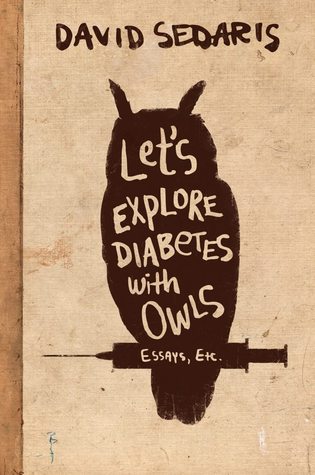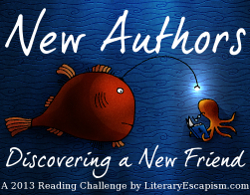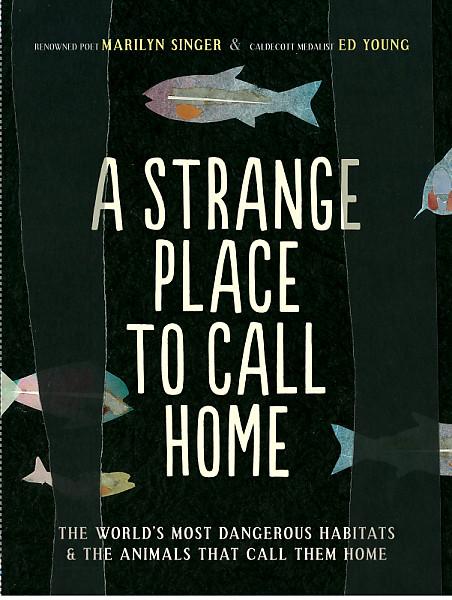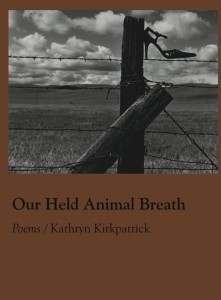Source: Author Beth Kephart
Paperback, 188 pages
I am an Amazon Affiliate
Dr. Radway’s Sarsaparilla Resolvent by Beth Kephart, illustrated by her husband William Sulit, is a companion to her centennial novel, Dangerous Neighbors (my review), that provides a more in-depth look at the mysterious William. William Quinn is adrift when his father is sent to prison and his brother is murdered in 1871 Bush Hill, Pennsylvania. His ma, Essie, is drowning in her melancholy, barely able to rise to drink a spot of tea in the afternoons, while William is wandering about considering the ways he can fix things. While attempting to find the right elixir to cure his mother using the classified ads in the Ledger, William also is crafting a plan to right the other wrongs that have befallen his family to return it to stability.
“He reaches in, lifts Ma into his arms. He presses a kiss to her forehead then straightens to find the balance of her, catching the sight of them both in the mirror across the room — William sandy-haired and river-eyed, Ma rubbed away and sinking, the two of them together like a lowercase T. Ma’s hair is yellow and loose, a curl fallen to the center of her forehead. Her skin is pale, her hands just slightly blue. She doesn’t weigh her right size. She doesn’t resist. When the sheet pulls away, her nightdress bunches at her knees. It’s Ma’s feet that frighten William most of all — the color of bone and much too skinny to put any walking on.” (page 13 ARC)
Through a mix of true history, careful attention to detail (as always, with Beth), and dynamic characterization, this young man becomes a beacon of honesty and integrity. His goodness is tested, but he’s on the straight and narrow, despite the stacked circumstances and the pressure to cave in and become someone less than he is. Kephart brings home the pressure of change and darkness with the thrumming of the machines, the locomotive commotion, and the constant mechanization of the city pounding in the background. While the industrialization signifies a change and progress that can be beneficial and create opportunity, there also is the darker underbelly of those changes that must be dealt with — the corruption and the abuse of those willing to take advantage of their position and of others. There is a keen juxtaposition of this in the characters of Officer Kernon and the Ledger’s editor Mr. Childs — one who abuses his position to get what he wants and the other who offers his aid in the form of mentoring and money to young men in need of guidance.
William is intuitive, he’s caring, and he has a gift for returning lost animals to their rightful homes, and this becomes a way for him to see hope in his future and to his mother, a hope that even Dr. Radway’s Sarsaparilla Resolvent cannot offer. Bush Hill comes to life in the hands of Kephart, who clearly loves her subject even the dark alleys and the unsavory places like Cherry Hill Penitentiary. While William is less mysterious in this novel, there seems to be more to his story or at least there is more for him to see of the world, but readers will get the sense that he’s on the path he’s meant to follow and that he and his Ma will be OK. Dr. Radway’s Sarsaparilla Resolvent by Beth Kephart, illustrated by William Sulit, is splendid and will leave readers wanting even more.

Beth Kephart is the author of 14 books, including the National Book Award finalist A Slant of Sun; the Book Sense pick Ghosts in the Garden; the autobiography of Philadelphia’s Schuylkill River, Flow; the acclaimed business fable Zenobia; and the critically acclaimed novels for young adults, Undercover and House of Dance. A third YA novel, Nothing but Ghosts, is due out in June 2009. And a fourth young adult novel, The Heart Is Not a Size, will be released in March 2010. “The Longest Distance,” a short story, appears in the May 2009 HarperTeen anthology, No Such Thing as the Real World.
Kephart is a winner of the Pennsylvania Council on the Arts fiction grant, a National Endowment for the Arts grant, a Leeway grant, a Pew Fellowships in the Arts grant, and the Speakeasy Poetry Prize, among other honors. Kephart’s essays are frequently anthologized, she has judged numerous competitions, and she has taught workshops at many institutions, to all ages. Kephart teaches the advanced nonfiction workshop at the University of Pennsylvania. You can visit her blog and my interview with her.
My other Beth Kephart reviews:
 About the Author:
About the Author:


 About the Author:
About the Author:

 About the Poet:
About the Poet: About the Illustrator:
About the Illustrator:
 About the Author:
About the Author:
 About the Author:
About the Author:

 About the Poet:
About the Poet:

 About the Author:
About the Author:
 This is my 1st book for the American Revolution Reading Challenge 2013
This is my 1st book for the American Revolution Reading Challenge 2013


